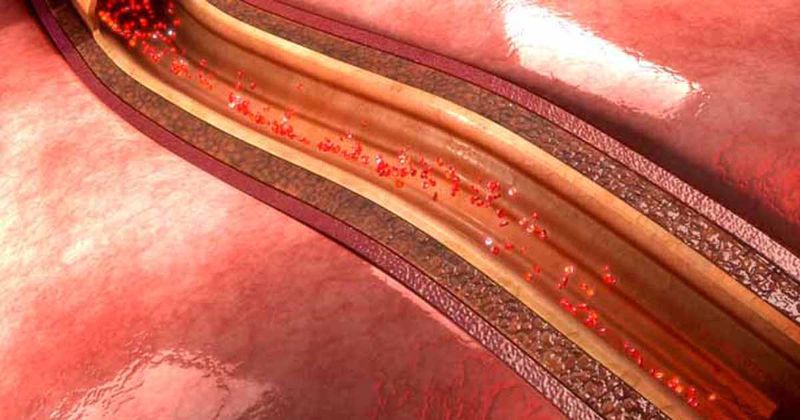CAD does not increase short-term risk, major bleeding after TAVR
Key takeaways:
- CAD does not impact net adverse cardiac events and periprocedural bleeding after undergoing TAVR.
- Researchers saw no differences in ischemic or bleeding outcomes with bivalirudin vs. unfractionated heparin use.
Patients with CAD were no more likely to experience major bleeding or adverse CV events after transcatheter aortic valve replacement compared with patients without CAD, according to a post hoc analysis of data from the BRAVO-3 study.
In a subgroup analysis, researchers also found that results persisted irrespective of receiving periprocedural bivalirudin or unfractionated heparin, George D. Dangas, MD, PhD, professor of medicine and surgery at Icahn School of Medicine at Mount Sinai and director of cardiovascular innovation at the Zena and Michael A. Wiener Cardiovascular Institute at the Icahn School of Medicine at Mount Sinai, and colleagues wrote in the study background.

Image: Adobe Stock
“As TAVR indications expand to patients across the spectrum of surgical risk, it is important to understand the prognostic relevance of CAD in those undergoing TAVR,” Dangas and colleagues wrote. “Improved understanding of the risks associated with comorbid CAD could guide the planning of the procedure with the aim of optimizing short‐ and long‐term outcomes.”

Dangas and colleagues analyzed data from 801 participants at high surgical risk undergoing TAVR in the BRAVO-3 study, a randomized trial comparing the periprocedural use of bivalirudin compared with unfractionated heparin. Researchers stratified patients according to the presence or absence of CAD as well as periprocedural anticoagulation. The coprimary endpoints were net adverse cardiac events (NACE), defined as a composite of all‐cause mortality, MI, stroke or major bleeding, and major Bleeding Academic Research Consortium (BARC) bleeding of 3b or worse at 30 days after TAVR.
The findings were published in Catheterization and Cardiovascular Interventions.
Within the cohort, 54.6% of participants had a history of CAD. Of those, 51% received bivalirudin.
At 30 days after TAVR, there were no significant differences in NACE (adjusted OR = 1.04; 95% CI, 0.69-1.58) or BARC 3b bleeding (adjusted OR = 0.84; 95% CI, 0.51-1.39) in patients with vs. without CAD.
Irrespective of CAD history, periprocedural use of bivalirudin was associated with similar NACE (OR = 0.8; 95% CI, 0.47-1.35; P for interaction = .959) and BARC 3b bleeding (OR = 0.64; 95% CI, 0.33-1.25) compared with unfractionated heparin.
The researchers noted the data also showed that CAD was a risk factor for in-hospital acute kidney injury after TAVR for this cohort, which has been observed in similar studies.
“The exact mechanism driving this association is not clear; however, patients with CAD were more likely to be older age, and have higher EuroSCORE, reduced left ventricular ejection fraction, and peripheral artery disease, which are well‐recognized risk factors for AKI,” the researchers wrote. “Additionally, as others have proposed, those with CAD may have impaired cardiocirculatory homeostasis and therefore have difficulty maintaining adequate renal perfusion during TAVR, as AKI is known to be associated with procedural hemodynamic alteration.”
